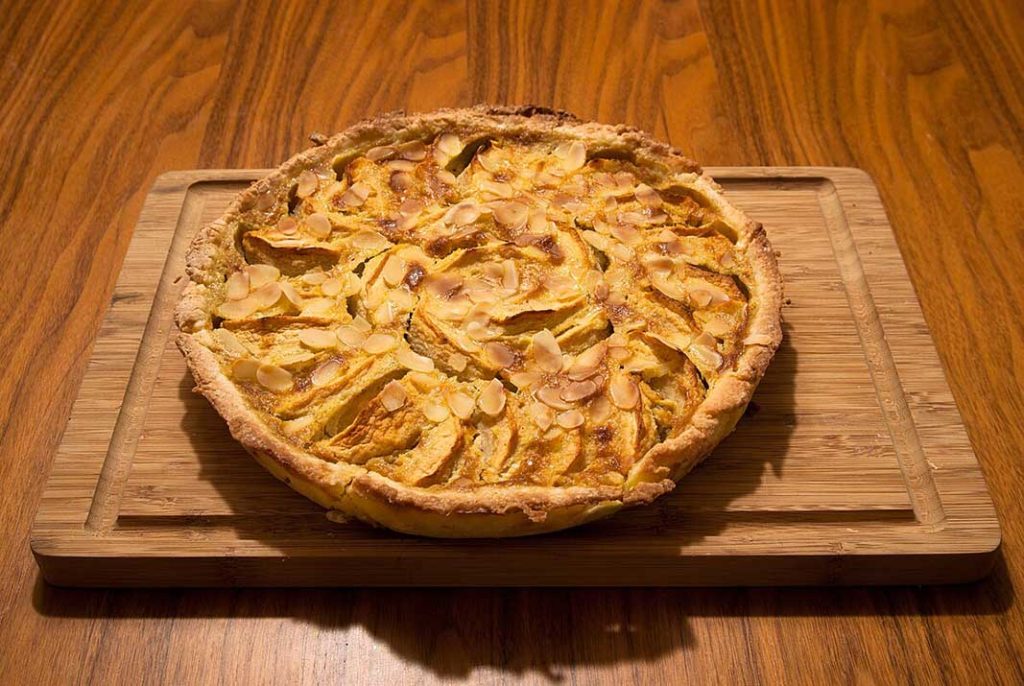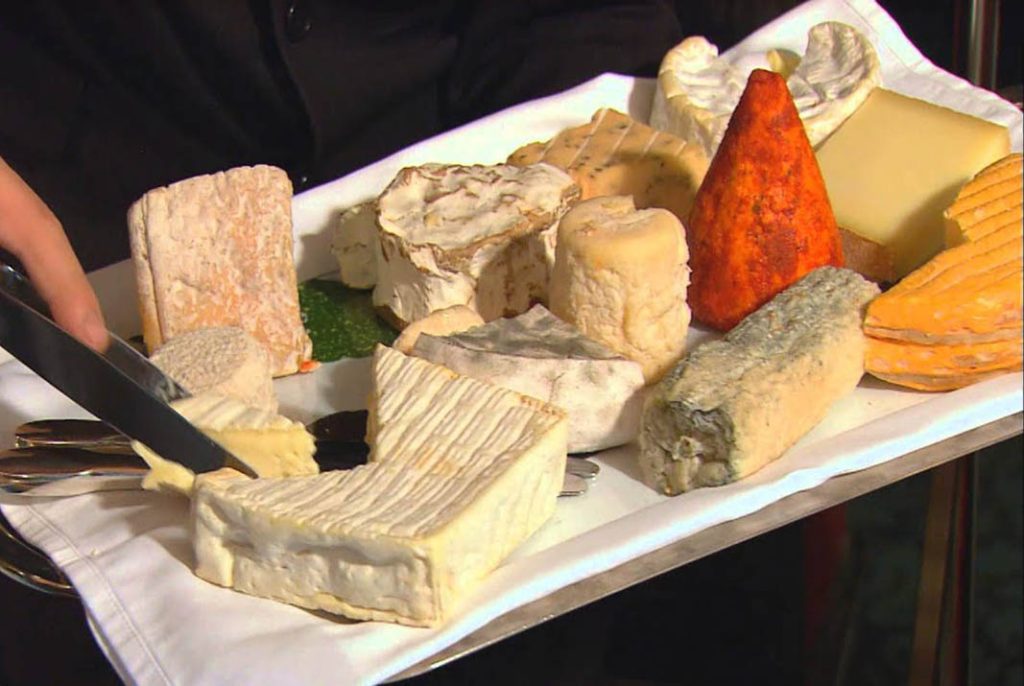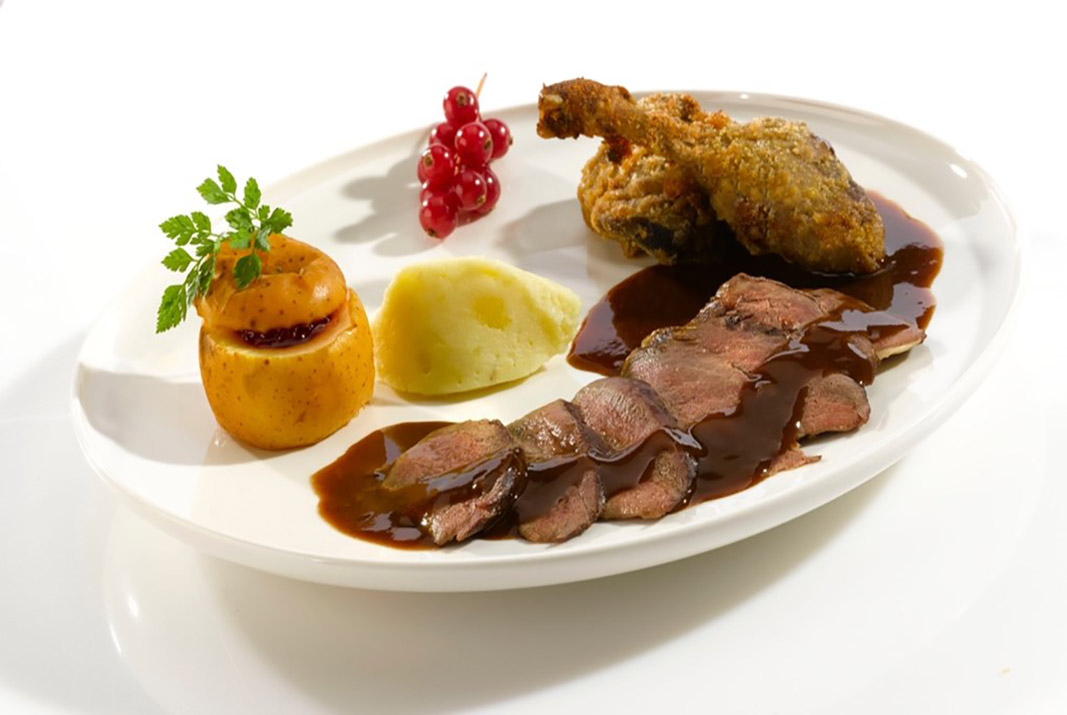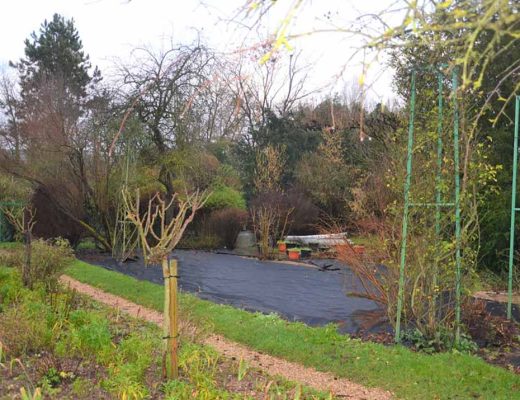When I first stepped into Rouen, the capital of Upper Normandy, I was immediately enchanted by its half-timbered houses, cobbled streets, and the hauntingly beautiful Rouen Cathedral. Yet, beyond its medieval charm, Rouen holds another treasure: its cuisine. Every corner smelled of something inviting—apples simmering in butter, freshly baked bread, sizzling duck with a hint of wine. I knew this city would not just be a feast for the eyes but also for the palate.
Traveling through France always means indulging in food, but Rouen took that indulgence to another level. It wasn’t just about eating; it was about stepping into centuries of tradition, understanding the land of Normandy, and letting flavors tell the city’s history. I walked into the old town, past the Gros Horloge, and promised myself that I would try everything Rouen had to offer.
The Soul of Normandy on a Plate
Rouen is often called the “gastronomic capital of Normandy.” With its proximity to the Seine River and the fertile countryside, it combines the richness of dairy, the freshness of seafood, and the depth of traditional French cooking. For a first-time visitor, food is not just sustenance here—it’s an education, an introduction to local culture. Normandy’s climate produces lush pastures for cows, which means creamy butter, thick cream, and world-famous cheeses. Its rivers and coastal towns bring in oysters, mussels, scallops, and fish, while its orchards gift locals with endless apples that turn into cider and Calvados.
Food in Rouen is storytelling—each dish carries the weight of history, geography, and tradition. To eat here is to take part in Normandy’s soul.
Tarte Normande: A Slice of Apple Paradise
The very first dish I tried in Rouen was the Tarte Normande, a classic apple tart that embodies everything Normandy stands for. Made with local apples, fresh cream, and a touch of Calvados, the tart is both rustic and refined. The pastry was buttery, the apples soft yet slightly tangy, and the custard filling tied it all together with sweetness.
I remember the moment it was placed in front of me: the golden crust glistened, the aroma of warm apples and cinnamon wafted up, and the caramelized top promised indulgence. The tart was not overly sweet, and that balance is what made it memorable—it allowed the natural flavor of the apples to shine.
- Where to try it: La Walsheim (13 Place du Vieux-Marché, Rouen). Their Tarte Normande is legendary, and I paired it with a glass of cider. Another excellent spot is Gill Côté Bistro, where they serve it with a dollop of crème fraîche for added richness.
- Cost: Around €7–€8 per slice, €20–€25 for a whole tart.
- Tip: Order it warm if available; the aroma of baked apples and cinnamon is irresistible. Some bakeries even drizzle Calvados over the tart before serving—don’t hesitate to ask.

Canard à la Rouennaise: The Famous Pressed Duck
Rouen’s signature dish, Canard à la Rouennaise, is not for the faint of heart. It’s prepared using a traditional duck press, where the carcass is crushed to extract every last drop of juice, which is then turned into a rich, velvety sauce with wine and cognac. The flavor is bold, gamey, and unforgettable—a dish deeply rooted in Rouen’s identity.
Eating it felt almost ceremonial. The waiter brought out the duck press, explained the process, and I watched as the sauce was created tableside. The aroma of red wine and duck fat filled the room, and the first bite was unlike anything I’d had before—deep, intense, layered.
- Where to try it: La Couronne (31 Place du Vieux-Marché), the oldest inn in France, has been serving this dish since the 14th century. Dining here feels like stepping back in time, surrounded by wood-paneled walls and chandeliers. Another option is Restaurant Gill on Quai de la Bourse, where the modern interpretation of pressed duck is equally captivating.
- Cost: Around €40–€50 per person, but worth every cent for the experience.
- Tip: Reserve in advance via TheFork; this restaurant is often fully booked. Be prepared to spend a few hours—it’s a slow dining experience, not a quick meal.
Normandy Cheeses: Camembert, Pont-l’Évêque, and Livarot
Normandy is heaven for cheese lovers, and Rouen is the perfect place to taste them all. The most famous is Camembert de Normandie, creamy and slightly earthy. Then comes Pont-l’Évêque, square-shaped and more pungent, followed by Livarot, known as “The Colonel” for the stripes of raffia around it.
The beauty of tasting these cheeses in Rouen is that they’re often served with local cider or even Calvados. The acidity of the drink balances the creaminess of the cheese perfectly.
- Where to try it: Fromagerie Olivier (24 Rue Rollon) offers tastings with cider pairings. La Petite Bouclée, a small wine-and-cheese bar near the cathedral, also serves generous platters that let you sample all three cheeses in one sitting.
- Cost: Cheese platters range from €10–€15. Buying directly from a fromagerie can cost €4–€8 per piece.
- Tip: Ask for advice on pairings. Normandy cheeses are best enjoyed with cider or Calvados. And don’t be afraid of the stronger smell—it’s part of the charm.
Cidre de Normandie: The Golden Drink
Normandy is synonymous with cider. In Rouen, every café has bottles of Cidre de Normandie, sparkling, crisp, and slightly sweet. It’s less alcoholic than wine but bursting with apple flavors, making it the perfect drink to accompany hearty Norman meals.
I loved sipping it outdoors at Place du Vieux-Marché, watching the world go by. The bubbles danced on my tongue, refreshing and light, and each sip seemed to cleanse my palate.
- Where to try it: Les Brigades du Goût (Place Saint-Marc) offers local ciders by the glass or bottle. For a more immersive experience, try Cave à Cidre near Rue de la République, where you can sample dozens of varieties.
- Cost: Around €4–€6 per glass, €10–€15 per bottle.
- Tip: Look for “Cidre Brut” if you prefer a drier taste. Some cider houses also sell bottles you can take home—great gifts for friends.
Calvados: Normandy’s Fiery Spirit
After cider comes its stronger cousin: Calvados, an apple brandy aged in oak barrels. Rouen locals sip it as a digestif, sometimes between courses in a tradition called “le trou Normand” (the Norman hole). The fiery warmth of Calvados cleanses the palate and makes room for more indulgence.
The first time I tried Calvados, it was almost overwhelming—the burn, the intensity. But then the flavors opened up: baked apples, oak, caramel. It lingered, leaving warmth in my chest and a smile on my face.
- Where to try it: Le 37 (37 Rue Saint-Nicolas) serves a wide selection of Calvados, from young to decades-old bottles. La Part des Anges, a wine and spirits shop, also offers tastings and bottles to take home.
- Cost: €6–€12 per glass depending on age.
- Tip: If you fall in love with it, buy a bottle from Maison Pères et Filles near the cathedral. Their staff will guide you to the right bottle for your taste.
Marmite Dieppoise: Normandy’s Seafood Treasure
Even though Rouen is inland, its cuisine celebrates the nearby coast. The Marmite Dieppoise, a creamy seafood stew from Dieppe, is popular here. It combines mussels, prawns, scallops, and fish in a white wine and cream sauce, garnished with herbs. It’s hearty, aromatic, and comforting.
Eating this dish felt like wrapping myself in a warm blanket. The richness of the cream balanced the brininess of the seafood, and every spoonful was indulgent yet fresh.
- Where to try it: Les Maraîchers (37 Place du Vieux-Marché), a bustling brasserie in the heart of Rouen. Restaurant L’Odas, a Michelin-starred option, also offers a refined version with seasonal seafood.
- Cost: Around €22–€25. At higher-end restaurants, expect €35–€40.
- Tip: Pair it with a dry white wine or cider. And eat it slowly—the portion is usually generous.
Escargots à la Normande
Escargots may be associated with Burgundy, but Rouen has its own take: Escargots à la Normande, cooked with garlic, parsley, and cream. The sauce alone is worth mopping up with bread.
The texture of escargots can be surprising at first—tender but slightly chewy. The Rouen version, with its creamy sauce, makes them much more approachable for first-timers.
- Where to try it: Bistrot des Artistes (14 Rue Saint-Nicolas) serves them bubbling hot. Another excellent choice is Chez Philippe (Rue de la République), where they add a splash of cider to the sauce.
- Cost: About €12–€15 for a dozen.
- Tip: Don’t be shy—use the little tongs provided, and enjoy the garlic cream sauce. Dip your bread generously.
Galettes Normandes: Buckwheat Perfection
Normandy galettes, made from buckwheat flour, are savory pancakes filled with ham, cheese, mushrooms, or even seafood. They are hearty, inexpensive, and beloved by locals.
I ate galettes for lunch several times during my stay. Each café had its own variation, and I loved how versatile they were—you could have one for breakfast, lunch, or even a light dinner.
- Where to try it: Crêperie le Comptoir Henri IV (8 Place du Vieux-Marché). Another option is Crêperie La Cornaelle, which serves both traditional and inventive fillings.
- Cost: €8–€12.
- Tip: Order a galette as a main and a sweet crêpe for dessert. And always accompany with cider—it’s tradition.
Tripes à la Mode de Caen
This dish is a true Norman specialty. Made with beef stomach, cider, and Calvados, Tripes à la Mode de Caen is slow-cooked for hours until tender. It’s rich, aromatic, and definitely for adventurous eaters.
The first spoonful was intense—earthy, savory, layered with herbs. It may not be for everyone, but it tells the story of Normandy’s resourcefulness and culinary bravery.
- Where to try it: La Petite Auberge (39 Rue Armand Carrel) serves it with rustic bread. Le P’tit Bec is another excellent address, offering it on Sundays as part of their traditional menu.
- Cost: Around €20.
- Tip: Try it in winter when the hearty warmth of the dish is most comforting.
Teurgoule: Sweet Comfort in a Bowl
To end on a sweet note, nothing beats Teurgoule, a traditional rice pudding flavored with cinnamon. Legend says it was invented by Norman sailors returning with spices. It’s creamy, fragrant, and feels like a hug in dessert form.
I bought a small clay pot of Teurgoule from a bakery and ate it in my hotel room while watching the sunset over the cathedral’s spire. It was simple, humble, and yet unforgettable.
- Where to try it: Boulangerie Maison Péan (Rue de la République). Also look for it at weekend markets like Marché Saint-Marc.
- Cost: €3–€5 per portion.
- Tip: It’s often sold in small clay pots—perfect as a souvenir to take back.

Practical Dining Tips in Rouen
Eating in Rouen is not just about knowing what to try, but how to try it. Lunch is usually served between 12:00–2:00 pm, and dinner from 7:00–10:00 pm. Always reserve a table for dinner, especially on weekends, using platforms like TheFork.
Menus often include a fixed-price option (menu du jour) for €20–€30, which is a great way to sample local cuisine without breaking the bank. And don’t be afraid to ask for recommendations—the locals are proud of their food and love to share tips.
For accommodations, I recommend Booking.com and Airbnb for a range of options near the old town. For train travel across Normandy or to Paris, Omio and Trainline are lifesavers. If you want to book food tours or cathedral light shows in advance, GetYourGuide offers reliable options.
✈️ Recommended booking platforms for France/Europe travel:
- Flights: Skyscanner, Google Flights
- Hotels: Booking.com, Airbnb
- Trains & buses: Omio, Trainline
- Tours & tickets: GetYourGuide, Tiqets
- Restaurants: TheFork (LaFourchette in France)
My Lasting Impression
Walking through Rouen with a full stomach, I felt I had traveled through centuries of Norman tradition. From the bold flavors of pressed duck to the sweetness of Teurgoule, Rouen’s food told stories that no history book could capture. Every bite was history, every sip a celebration.
And the best part? In Rouen, food isn’t just on the plate—it’s in the air, the streets, the rhythm of daily life. To visit Rouen is to eat Rouen, and I left the city not just with photographs, but with flavors I will never forget.



